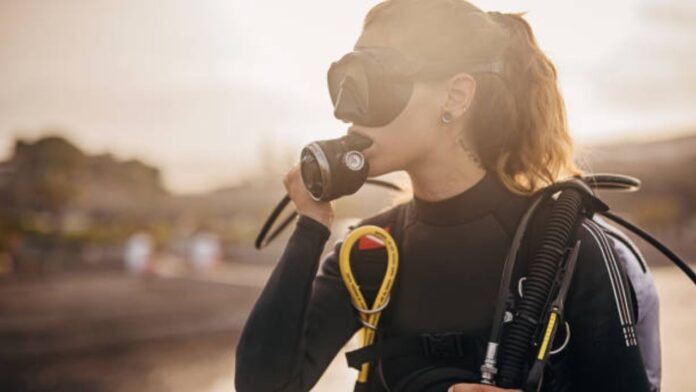Diving can be broadly classified into two categories – recreational and commercial – each with its unique set of challenges, objectives, and, consequently, equipment requirements. This article explores the differences between commercial and recreational diving equipment to understand the specific demands of each activity and how equipment manufacturers cater to these unique requirements.
Defining Recreational and Commercial Diving
Before we delve into the equipment specifics, let’s briefly touch on the nature of recreational and commercial diving. Recreational diving is typically pursued for leisure or exploration, typically involving dives to less than 40 meters and within no-decompression limits. On the other hand, commercial diving is an occupational activity, carried out for a range of underwater tasks including construction, repair, inspection, and salvage operations. Commercial dives often go beyond recreational depth limits and might require decompression stops during ascent.
Personal Protective Equipment: Wetsuits vs. Drysuits
In recreational diving, divers primarily use wetsuits, which allow a thin layer of water to enter, that is subsequently warmed by the body. Wetsuits are lightweight, flexible and perfect for moderate to warm water temperatures. On the other hand, commercial divers frequently use drysuits. Drysuits are sealed off and insulated, offering better thermal protection in cold water conditions, a typical scenario in commercial diving.
Breathing Apparatus: Open-Circuit vs. Closed-Circuit
One of the most significant differences between recreational and commercial diving equipment lies in the breathing apparatus used. Recreational divers predominantly use open-circuit scuba, where the exhaled air is released into the water. The equipment is relatively simple, lightweight, and easy to use, making it perfect for recreational purposes.
Contrarily, commercial divers often use surface-supplied diving equipment or closed-circuit rebreathers. The surface-supplied system provides a continuous supply of air from the surface, allowing divers to stay underwater for prolonged periods. A lifeline to the surface also offers added safety. Meanwhile, rebreathers recycle exhaled air by removing carbon dioxide and adding oxygen, making them efficient for deep or long dives.
Helmets vs. Masks
Recreational divers typically use diving masks, which cover the eyes and nose, paired with a separate mouthpiece to breathe from. This setup provides an unobstructed field of view, which enhances the diving experience.
On the other hand, commercial divers typically wear diving helmets, providing integrated communication systems and a direct air supply. These helmets offer comprehensive protection and a secure fit, critical for the often challenging conditions in commercial diving.
Safety and Auxiliary Equipment
Recreational divers carry safety equipment such as diving knives, dive computers, buoyancy control devices, and sometimes, a surface marker buoy. These devices are designed for the average diving conditions encountered in recreational diving.
Commercial divers, however, operate in more hazardous environments. Therefore, they often require additional safety and auxiliary equipment. This might include underwater welding and cutting tools, hydraulic tools, sonar imaging equipment, and heavy lifting bags.
Training and Maintenance
Recreational diving equipment, due to its simplicity and ease of use, requires minimal training to use safely. Regular maintenance, including thorough rinsing and drying after each dive, and annual servicing, is typically enough to keep the gear in good condition.
Conversely, commercial diving equipment requires intensive training to operate safely. Maintenance and checks are more frequent and stringent due to the critical nature of the tasks at hand and the heavy use equipment is subjected to.
Conclusion
The world beneath the water’s surface is diverse and captivating, whether you are exploring it for leisure or working within it. The equipment used for each type of diving is designed with the specific needs and safety requirements of the diver in mind. Understanding the differences between commercial and recreational diving equipment underscores the complexities and challenges of operating in underwater environments, and provides insight into the engineering and design considerations that go into each piece of equipment. Despite the stark contrasts in their designs, one thing remains common – the pursuit of safety and reliability, ensuring divers can accomplish their goals while submerged in the aquatic realm.









